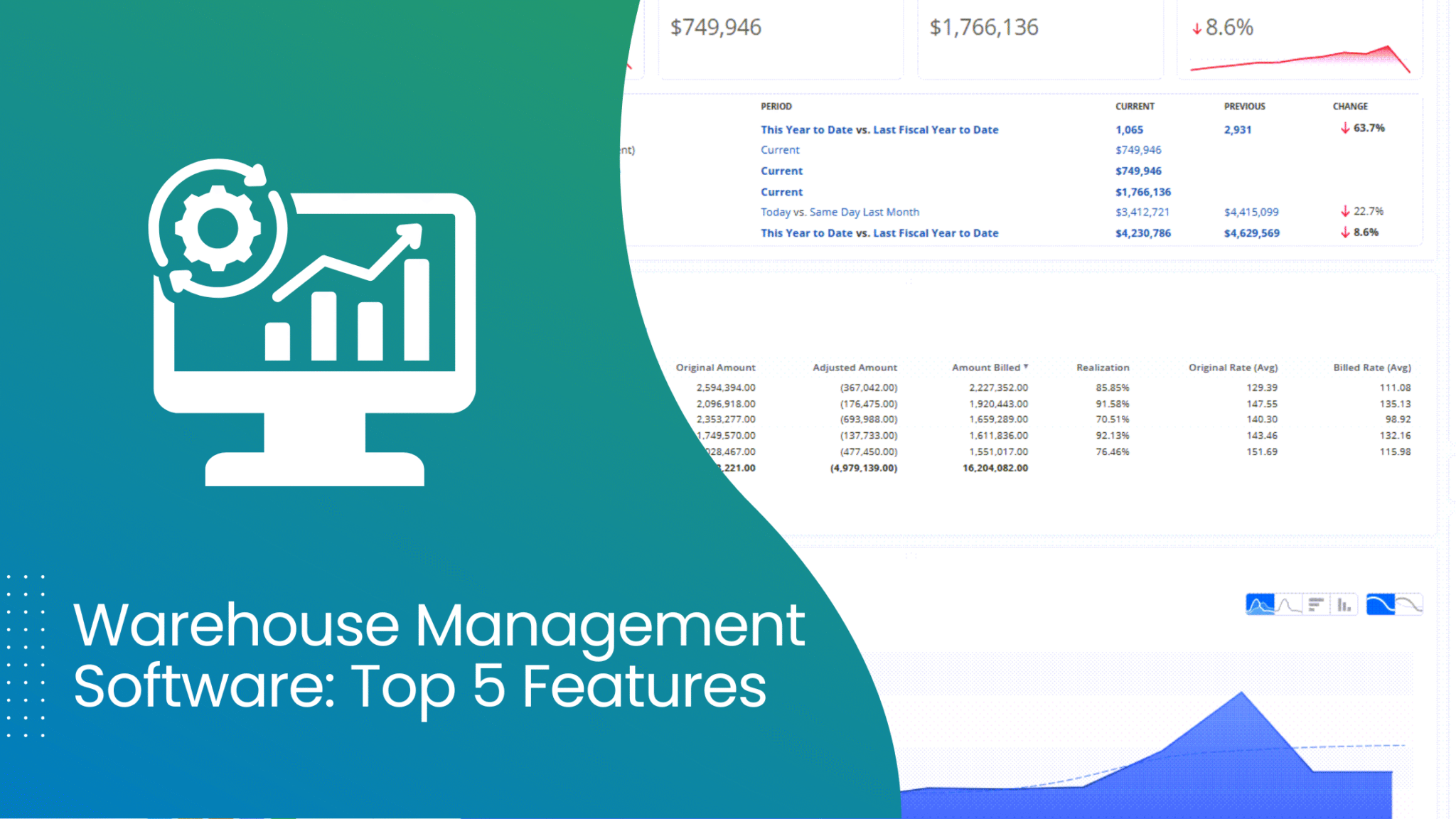In today’s fast-paced business environment, effective management of warehouse operations is critical for any organization involved in manufacturing, distribution, or retail. Enter Warehouse Management Software (WMS) — a solution designed to optimize warehouse operations by automating tasks, improving inventory accuracy, and enhancing efficiency across the board.
In this blog, we will break down what warehouse management software is, its key features, benefits, and why it’s a must-have for businesses looking to scale efficiently.
What is Warehouse Management Software (WMS)?
Warehouse Management Software (WMS) is a digital solution that manages, controls, and optimizes the day-to-day operations in a warehouse. From inventory tracking and order fulfillment to shipping and receiving, WMS is designed to ensure that goods move through the warehouse as efficiently and cost-effectively as possible.

Key Features of Warehouse Management Software
1. Inventory Management
A WMS offers real-time visibility into your inventory levels, locations, and movements. It ensures that stock is accurately recorded, reducing instances of overstocking or stockouts.
2. Order Fulfillment
The software streamlines the picking, packing, and shipping processes. By optimizing routes for warehouse workers and ensuring the correct items are shipped, businesses can improve fulfillment accuracy and speed.
3. Receiving and Putaway
With WMS, businesses can automate the process of receiving goods and organizing them within the warehouse. The software can suggest the best locations for storing new stock based on various factors like demand and space availability.
4. Reporting and Analytics
Advanced reporting features help warehouse managers make data-driven decisions. Analytics tools provide insights into inventory turnover, order processing times, and labor efficiency, enabling continuous improvement.
5. Labor Management
WMS can also track worker productivity, assign tasks, and improve workflow efficiency by ensuring the right workers are handling the right jobs at the right times.
🚀 Scale Smarter with Warehouse Management Software
The Benefits of Warehouse Management Software
1. Increased Efficiency
By automating manual tasks and optimizing warehouse operations, a WMS can significantly reduce processing times. Businesses can handle larger volumes of goods without needing additional staff, increasing operational scalability.
2. Improved Inventory Accuracy
A WMS reduces human error by automating inventory tracking. With real-time data, businesses can ensure accurate stock levels and reduce the costs associated with overstock or stockouts.
3. Better Customer Service
A streamlined warehouse leads to faster order processing, reducing shipping times and improving customer satisfaction. The software ensures that orders are accurate, minimizing returns and customer complaints.
4. Cost Reduction
Efficient warehouse operations lower operating costs by minimizing wasted time, reducing errors, and optimizing space utilization. Businesses can also reduce labor costs by improving worker productivity.
5. Enhanced Scalability
As businesses grow, warehouse management software can easily scale alongside them. Whether you are expanding your warehouse or increasing your order volumes, WMS ensures your operations can handle the extra load.
📦 Warehouse Efficiency Starts Here
Why Your Business Needs Warehouse Management Software
With the rise of eCommerce, businesses are handling more orders than ever before, making efficient warehouse operations crucial to success. A WMS not only helps streamline day-to-day tasks but also provides the tools and data necessary for long-term growth and operational improvements.
Without a robust WMS, companies often struggle with inventory inaccuracies, slow order fulfillment, and inefficiencies that lead to higher costs and lower customer satisfaction. By implementing warehouse management software, businesses can stay competitive, reduce errors, and ultimately drive better results.
Warehouse management software is no longer a luxury but a necessity for businesses looking to scale efficiently and stay competitive in today’s market. By improving inventory accuracy, boosting labor productivity, and enhancing customer service, a robust WMS provides the foundation for streamlined operations and long-term growth.
If you’re ready to take your warehouse operations to the next level, now is the time to invest in a WMS tailored to your business needs.

How to Choose the Right Warehouse Management Software
When selecting a WMS for your business, consider the following factors:
1. Scalability
Choose a solution that can grow with your business and handle increased inventory, orders, and complexity as needed.
2. Integration Capabilities
Ensure that the WMS integrates seamlessly with your existing systems, such as your Enterprise Resource Planning (ERP) software or eCommerce platform, for a smooth flow of data.
3. Customization
Look for a system that can be tailored to your specific needs, from the layout of your warehouse to the unique requirements of your industry.
4. User-Friendliness
The system should be intuitive and easy to use, with a minimal learning curve for warehouse staff.
5. Cost and ROI
Evaluate the cost of the software against the potential return on investment. Will the WMS reduce your labor costs, minimize errors, and improve customer satisfaction?

